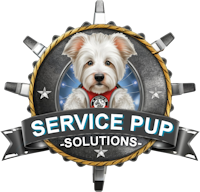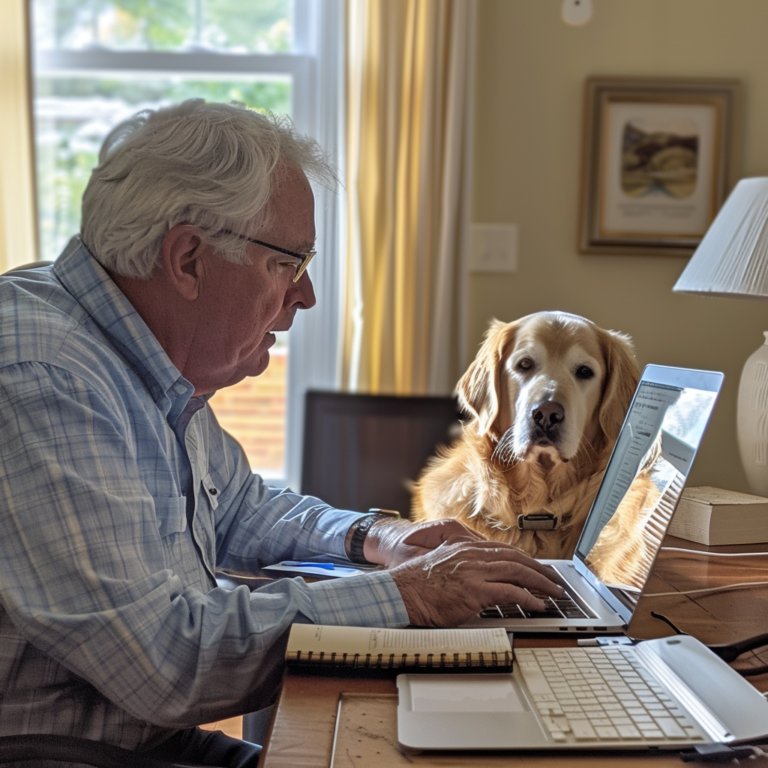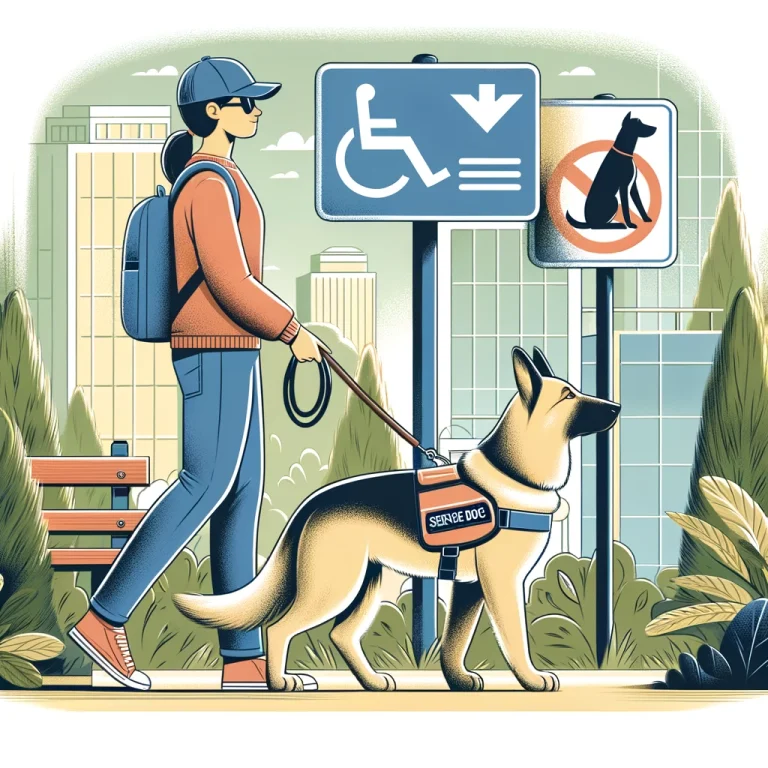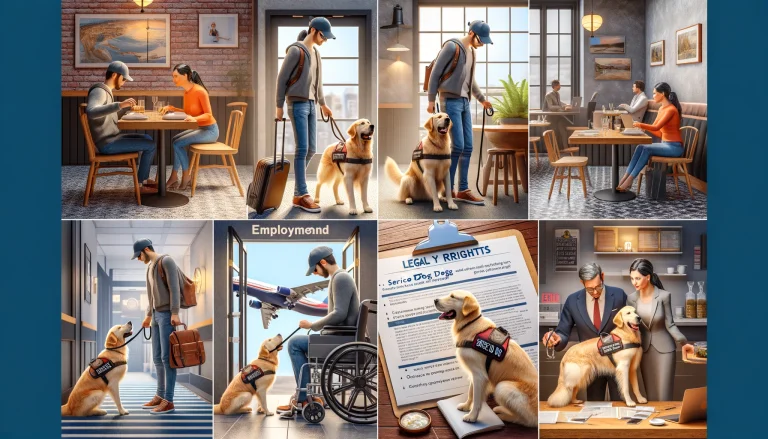Service dogs provide invaluable assistance and companionship to individuals with disabilities, helping them navigate daily tasks and improve their quality of life. However, like all working animals, service dogs eventually need to retire. Planning for your service dog’s retirement is crucial to ensure they enjoy their golden years comfortably and happily. This comprehensive guide will walk you through the essential steps of creating effective service dog retirement plans, understanding future care for service dogs, and transitioning service dogs smoothly from work to retirement.
Understanding Service Dog Retirement
Why Service Dogs Retire
Service dogs retire for various reasons, including age, health issues, or changes in their handler’s needs. Just as people retire after years of dedicated work, service dogs deserve a peaceful and enjoyable retirement after their years of service. Recognizing when it’s time for your service dog to retire is a vital part of responsible pet ownership.
Signs It’s Time to Retire
- Age: Most service dogs retire between 8-10 years old. Age can bring a decline in energy and agility, making it harder for them to perform tasks.
- Health Issues: Chronic health conditions, decreased mobility, or sensory loss can affect a service dog’s ability to work effectively. Regular veterinary check-ups can help identify when your dog is starting to struggle.
- Behavior Changes: Increased anxiety, reluctance to perform tasks, or noticeable stress can indicate it’s time to retire your service dog. Monitor your dog’s behavior closely to detect these signs early.
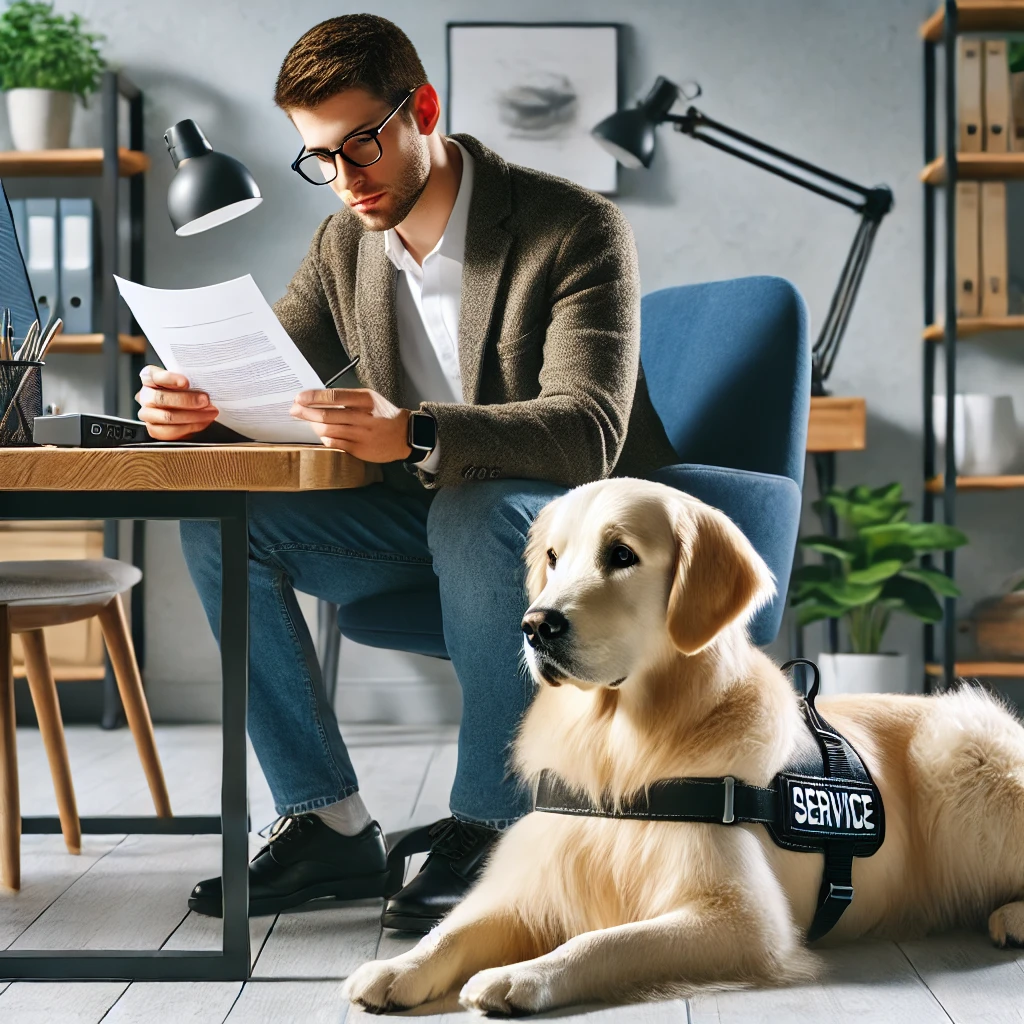
Planning for Service Dog Retirement
Creating a Retirement Plan
A well-thought-out retirement plan ensures your service dog transitions smoothly into a new phase of life. Here are key components to include:
- Veterinary Care: Schedule a comprehensive health check-up to assess your dog’s overall condition and address any health issues. Ensure vaccinations are up-to-date and discuss any dietary adjustments with your vet.
- Daily Routine: Establish a new routine that maintains physical activity and mental stimulation without the demands of service work. Include regular walks, playtime, and gentle exercise to keep your dog healthy and happy.
- Comfortable Living Environment: Ensure your home is safe and comfortable, with easy access to favorite resting spots and familiar surroundings. Consider investing in orthopedic beds or cushions to support your dog’s joints.
Future Care for Service Dogs
Ensuring the well-being of your retired service dog involves addressing their health, comfort, and emotional needs.
Health Care
- Regular Vet Visits: Maintain regular veterinary check-ups to monitor and manage health conditions. Senior dogs may require more frequent visits to catch any issues early.
- Nutrition: Adjust their diet to meet the needs of an older dog, focusing on joint health and maintaining a healthy weight. Look for senior dog food formulas that provide the necessary nutrients.
- Exercise: Provide regular, gentle exercise to keep them active without overexertion. Swimming can be an excellent low-impact exercise for older dogs.
Emotional Well-being
- Companionship: Retired service dogs often miss the close bond they shared with their handler. Spend quality time together to reinforce this bond. Activities like brushing, cuddling, and quiet time together can be very comforting.
- Mental Stimulation: Keep their minds active with puzzle toys, training games, and new experiences. Rotate their toys regularly to keep them interested.
- Social Interaction: Allow opportunities for socialization with other dogs and people to keep them engaged and happy. Regular playdates or visits to dog-friendly parks can be beneficial.
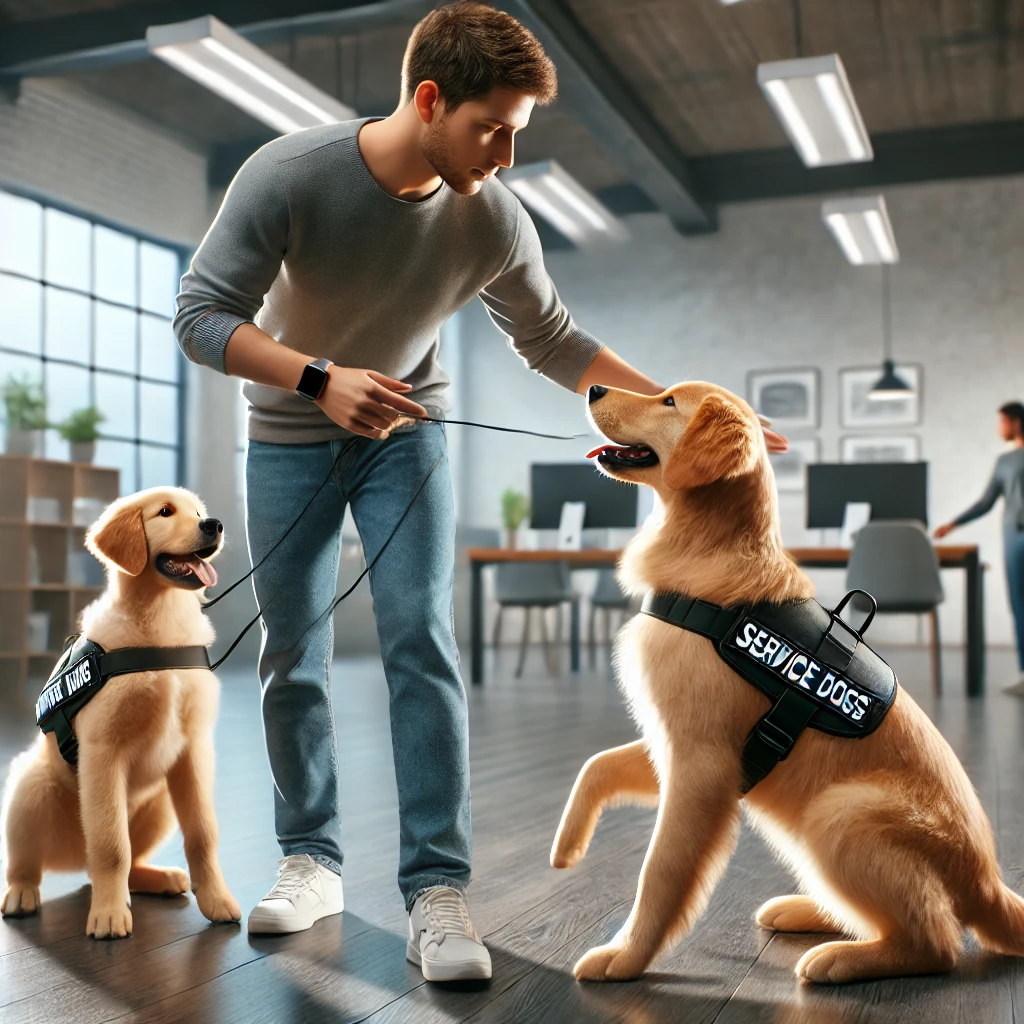
Transitioning Service Dogs
Preparing for Retirement
- Gradual Transition: Gradually reduce your service dog’s workload to help them adjust to a more relaxed lifestyle. Start by decreasing the number of tasks they perform each day.
- New Role: Give your dog a new purpose, such as being a family pet, to help them feel valued and content. Assign them simple, enjoyable tasks like fetching the newspaper or accompanying you on errands.
- Training Refreshers: Continue basic training sessions to maintain their skills and provide mental engagement. This helps keep their mind sharp and provides structure.
Finding a New Service Dog
If you still require a service dog, start the process of finding a new one before your current dog retires. This ensures a seamless transition and continuous support.
Choosing the Right Replacement
- Reputable Organizations: Look for well-established organizations that provide well-trained service dogs. Research their training methods, success rates, and support services.
- Compatibility: Ensure the new dog’s training matches your specific needs and lifestyle. Spend time with potential candidates to assess their compatibility.
- Adjustment Period: Allow time for you and the new dog to bond and adapt to each other’s routines. Training sessions and daily interactions help build a strong relationship.
Importance of Pet Insurance and Service Dog Products
Pet Insurance
Investing in pet insurance is crucial for maintaining your service dog’s health and effectiveness. Pet insurance provides financial protection for unexpected medical expenses, ensuring your dog receives the best care without causing financial strain. Look for policies that cover routine care, emergencies, and chronic conditions.
High-Quality Service Dog Products
High-quality service dog products, such as vests, harnesses, and identification tags, are essential for your dog’s comfort and effectiveness. These products ensure your dog is easily identifiable and well-equipped for their tasks. ServicePupSolutions.com offers a range of products to support your service dog’s training and daily needs.
Self-Training Options
Benefits of Self-Training
For those interested in training their service dog themselves, resources like ServiceDogOwners.com offer valuable guidance. Self-training allows you to build a strong bond with your dog while tailoring their training to your specific needs.
Advantages
- Personalized Training: Tailor the training to your specific needs and preferences. Customize the training regimen to focus on tasks that are most relevant to your lifestyle.
- Stronger Bond: Building a closer relationship with your dog through direct training. The time spent training can deepen your connection.
- Cost-Effective: Reducing the costs associated with professional training services. Self-training can save money while still producing a well-trained service dog.
- Flexibility: Training at your own pace and schedule. This flexibility can make training more enjoyable and less stressful for both you and your dog.
Conclusion
Planning for your service dog’s retirement is essential for ensuring their well-being and happiness in their later years. By understanding the signs of retirement, creating a comprehensive retirement plan, and addressing their future care, you can help your service dog transition smoothly into retirement. Additionally, investing in pet insurance and high-quality service dog products, and considering self-training options can further enhance their quality of life.
For more resources and high-quality service dog products, visit ServicePupSolutions.com. And for those interested in self-training options, explore the comprehensive guides available at ServiceDogOwners.com.
By making an informed choice, you can ensure that a service dog will be a valuable and beneficial addition to your family.
Searching for a way to boost your income while keeping your service dog by your side? Learn how Digital Marketing and Affiliate Marketing can launch your Side Hustle or new career and increase your earnings alongside your loyal companion. Click Here to find out more and start your journey today!
